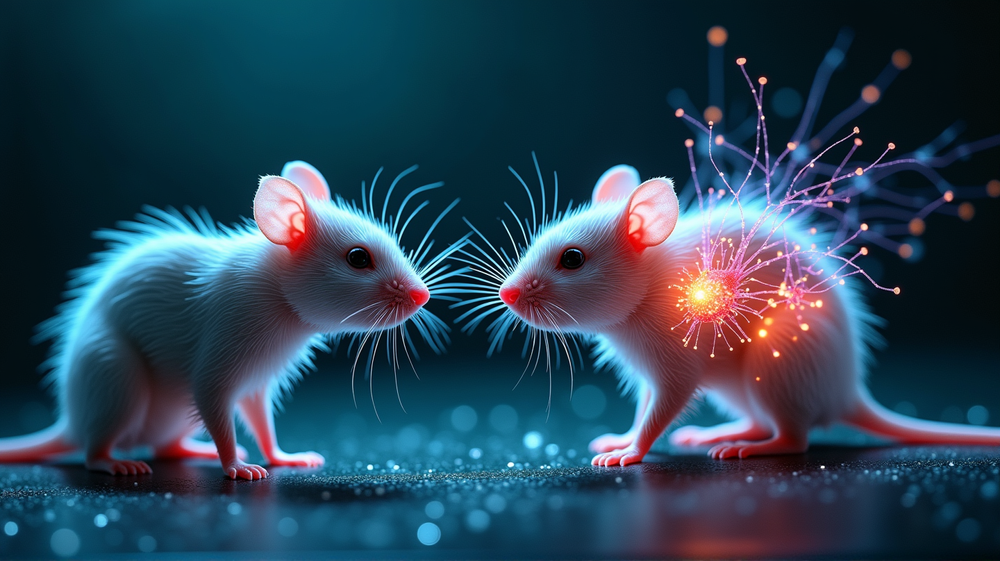Stem Cell Miracle: Paving the Way for Stroke Recovery Beyond Borders
A Journey of Hope and Healing
Imagine the challenge of time, a factor that feels inevitable when faced with a stroke. The dramatic countdown starts — 4.5 hours to initiate treatment that could dissolve blood clots and save brain cells. But what if this window can be expanded? As illustrated in the latest study conducted by the Keck School of Medicine of USC, stem cell therapy is becoming the harbinger of hope for those battling the aftermath of stroke, far beyond the constraints of time as we know it.
Mending Brain Tissues: The Role of Stem Cell Transplants
In an intriguing breakthrough, scientists have co-developed a remarkable experimental stem cell therapy in partnership with the University of Zurich and ETH Zurich. This therapy has shown the potential to repair brain tissues, evidenced in lab studies involving mice. Through reprogramming human blood cells into neural stem cells, which were then transplanted into stroke-damaged brain tissues, substantial recovery was achieved, demonstrating a promising future for extending the stroke treatment timeline.
A Dramatic Leap Towards Recovery
The study illuminates a path to recovery where transplanted stem cells actively transform into critical neurons, particularly those secreting gamma-aminobutyric acid (GABA). These neurons have been linked to aiding recovery, and their growth heralds an era where the interplay of transplanted cells and the natural environment of the brain sparks captivating possibilities. This phase of recovery echoes through the efforts of the research team, which meticulously tracked the improvements in the subjects using advanced deep learning algorithms.
Insights That Forge Future Therapies
However, the journey doesn’t stop at merely understanding; it’s about adaptation and invention. By delving into cellular behaviors and intricate pathways, researchers anticipate applying these insights to cultivate groundbreaking therapies. As Dr. Rust hails, “Mechanistic insight can be transformative. We can tap into existing drugs, potentially diagnosing novel therapies and expanding how we amend current medical practices.”
A Long-term Vision for Lifelong Recovery
The researchers aspire to monitor and comprehend the long-term impacts of stem cell therapy. The aim is clear: ensure that stem cells, once transplanted into human stroke patients, coexist and function beneficially throughout the patient’s lifetime, steering their recovery towards permanence and longevity. According to Technology Networks, this innovation could revolutionize the stroke recovery landscape, marking a new dawn in medical science.
As we witness these astonishing advances, it signals not just a possibility, but a probable, hopeful transformation towards recovery for those afflicted by strokes worldwide. Indeed, the doors of recovery are gradually opening wide, allowing light to guide countless lives beyond the boundaries of today’s medicine.




